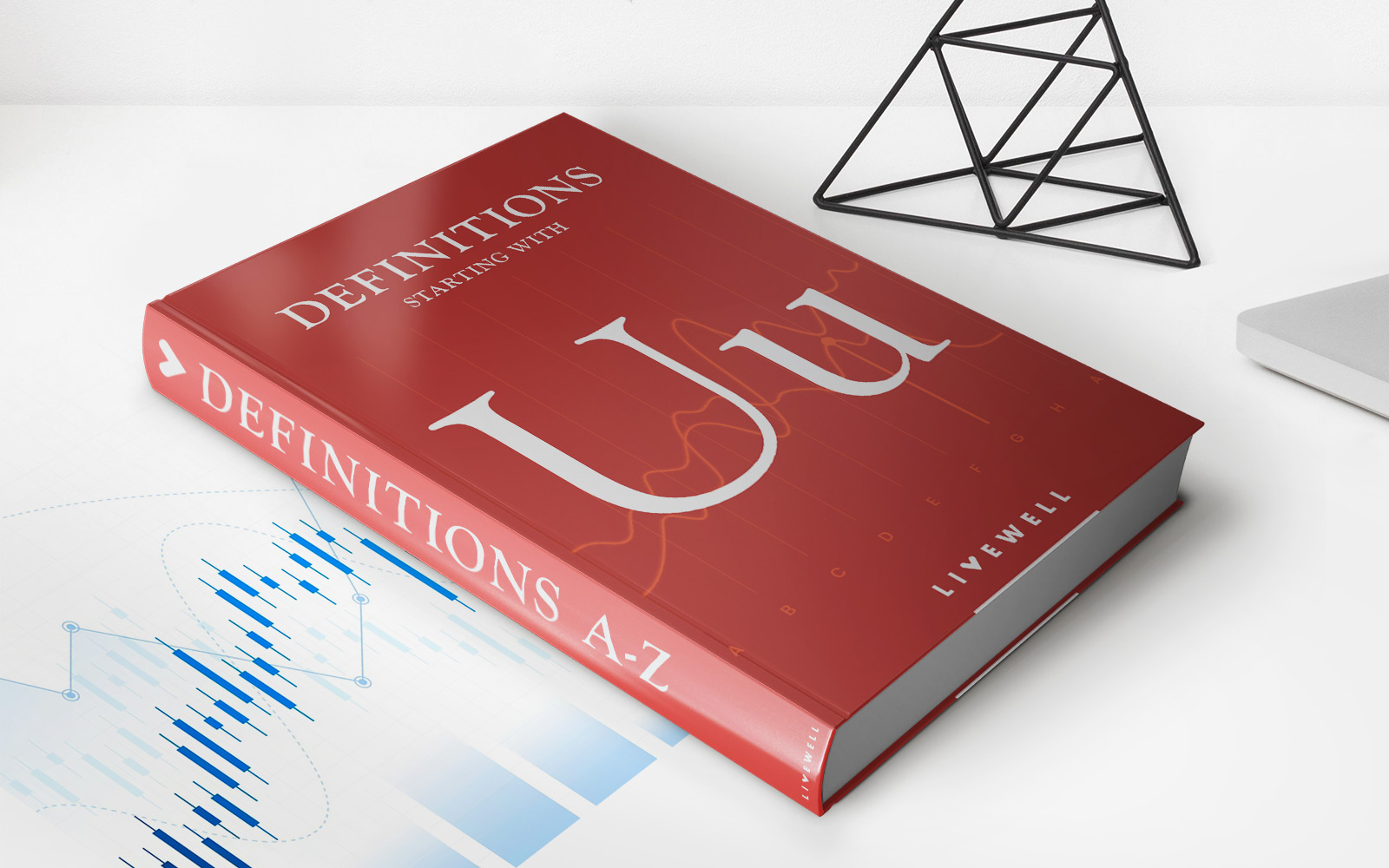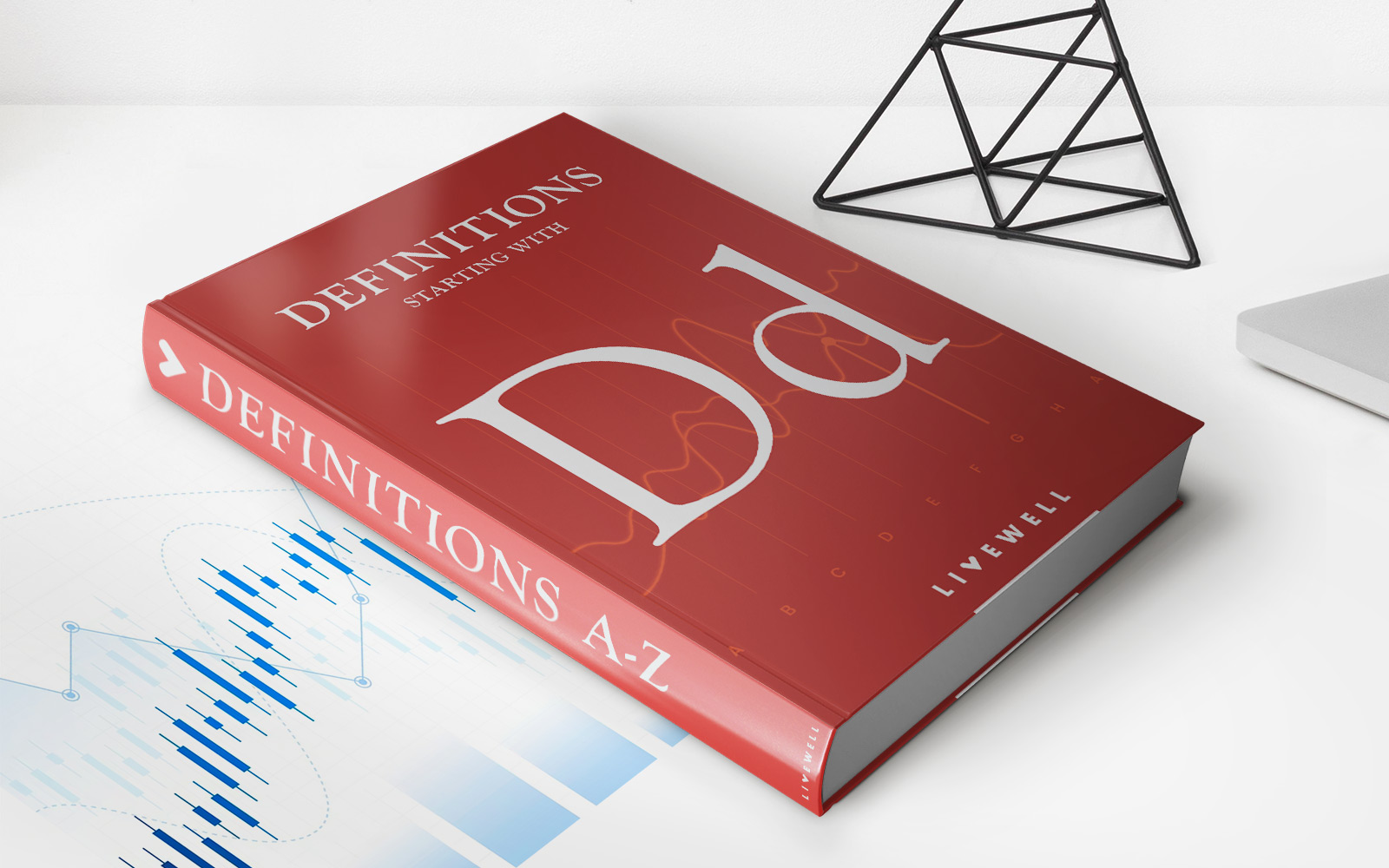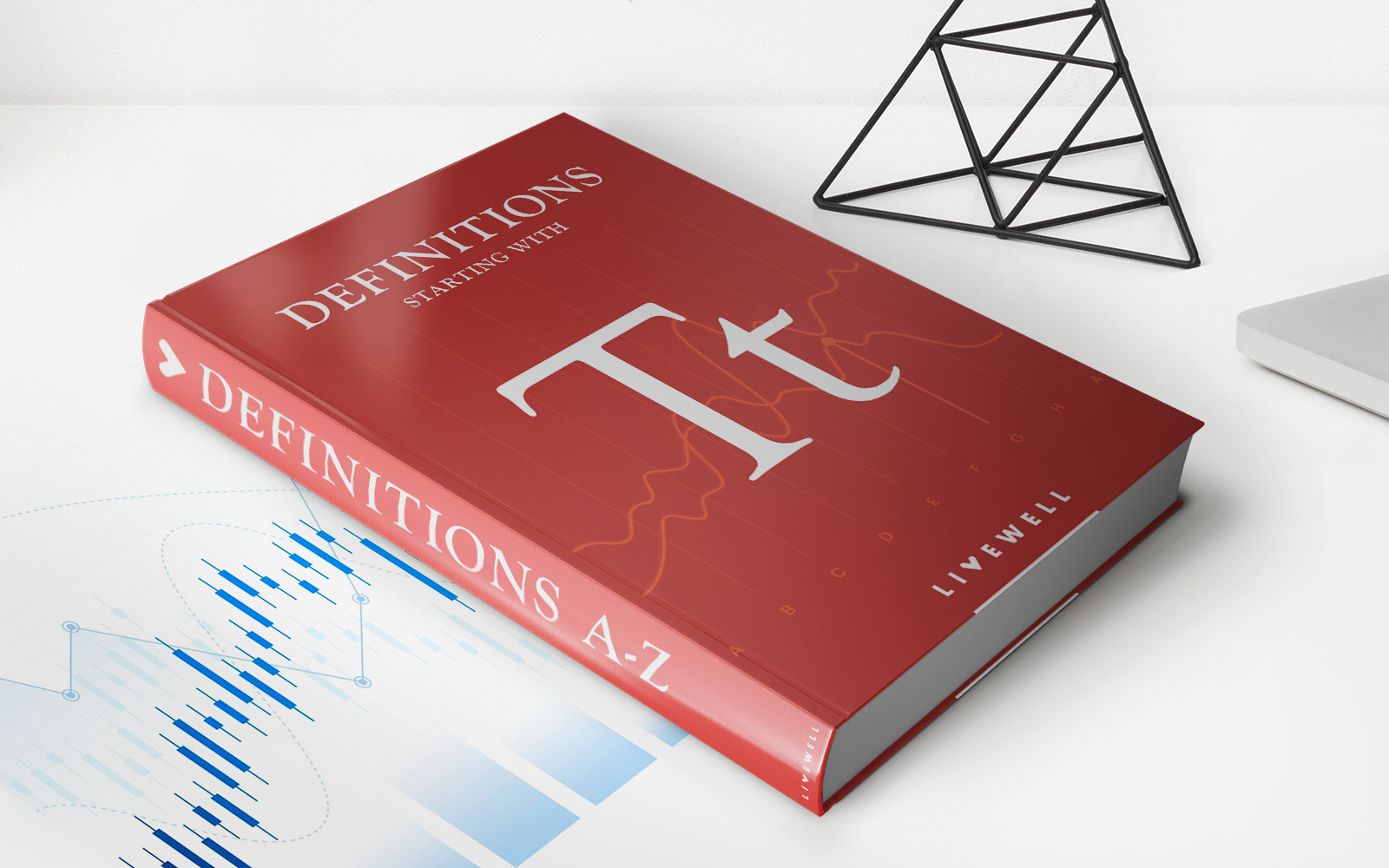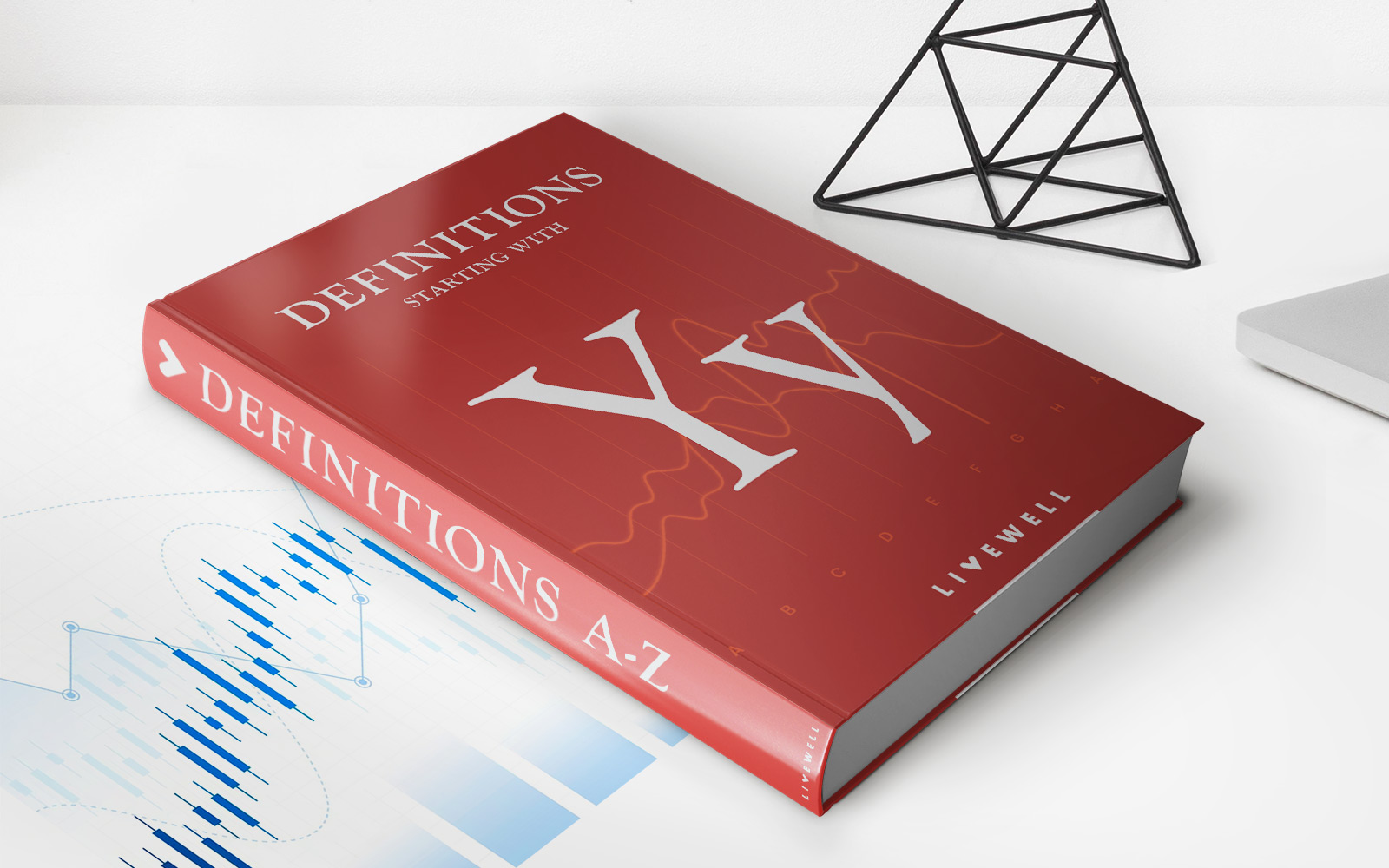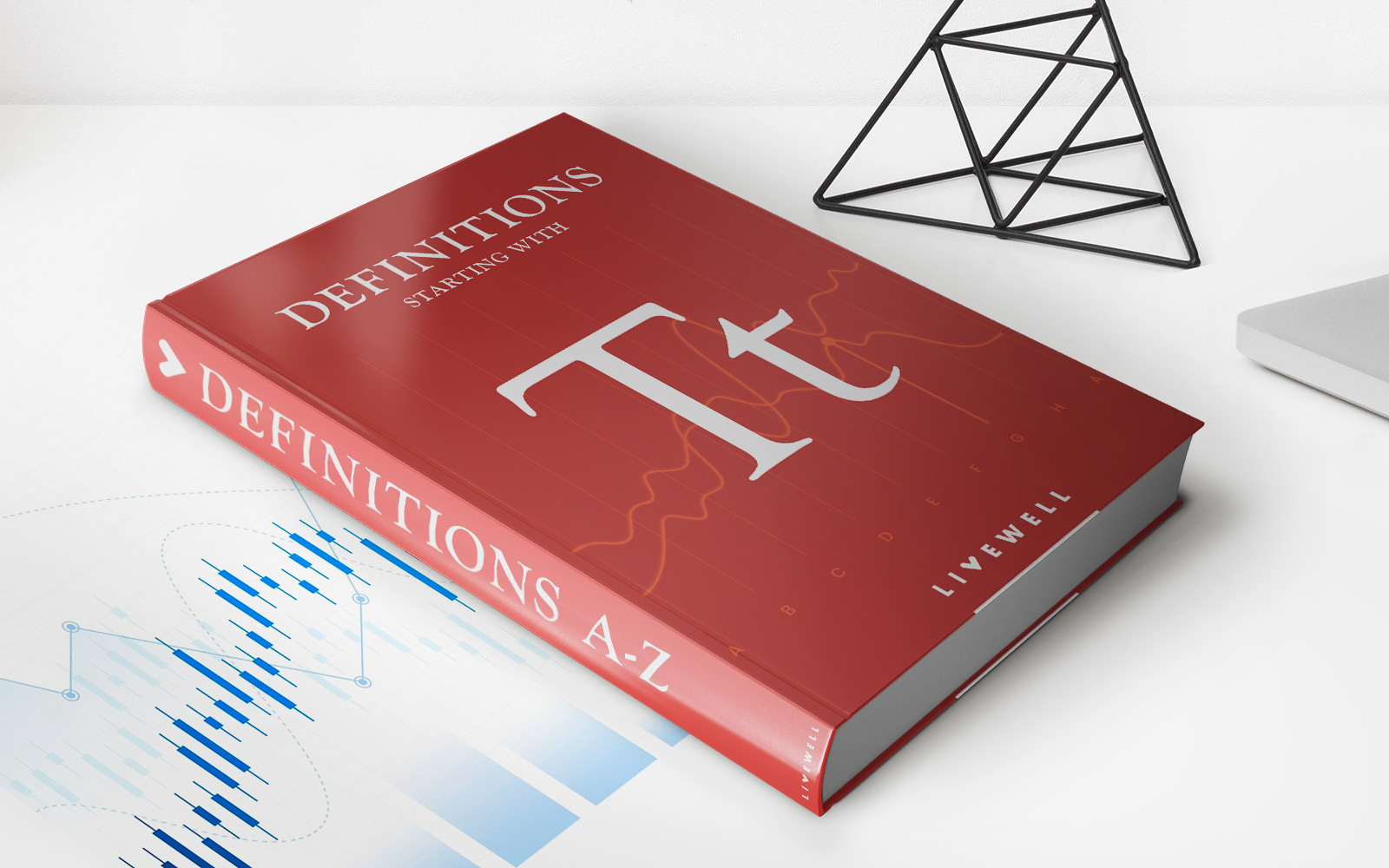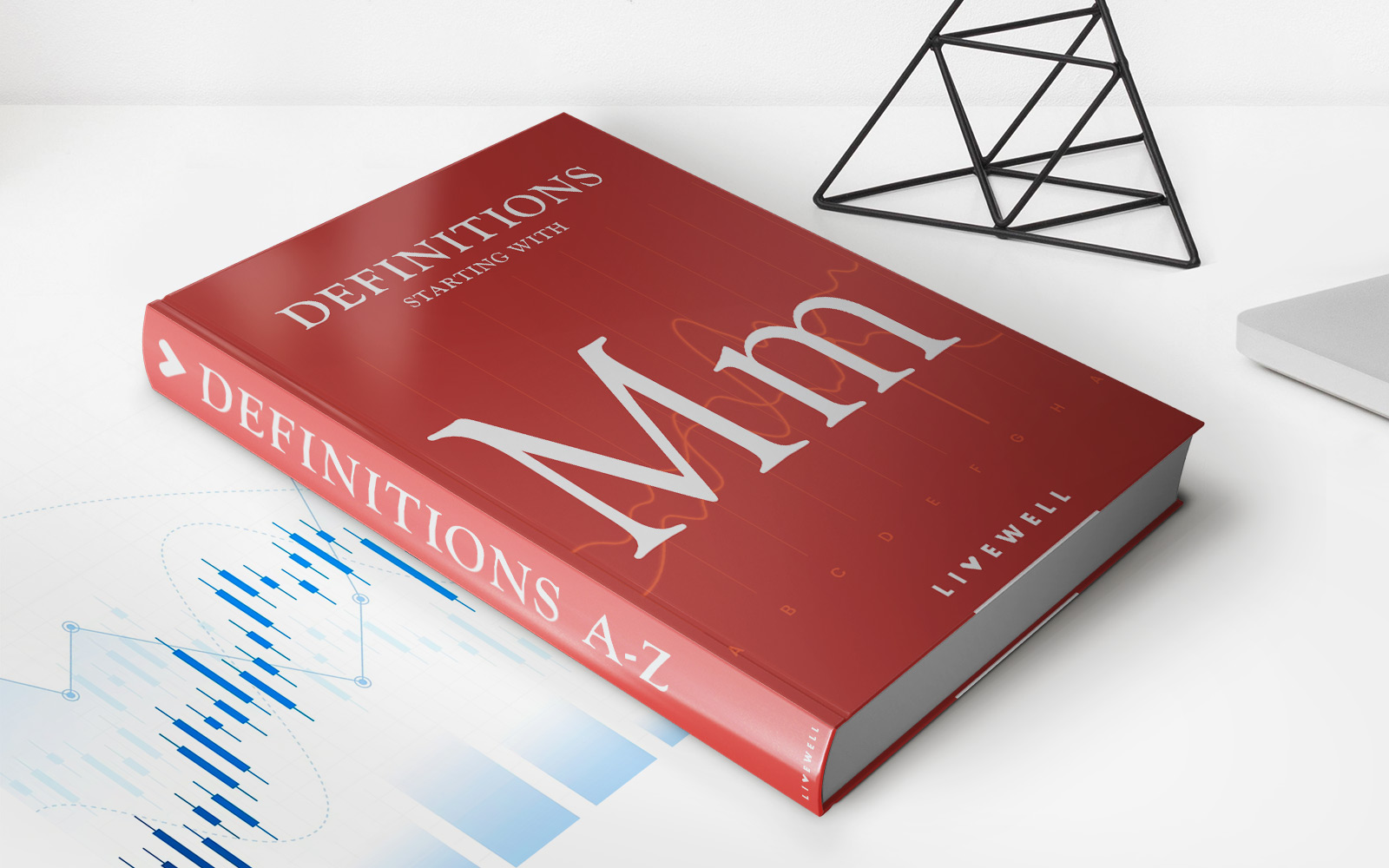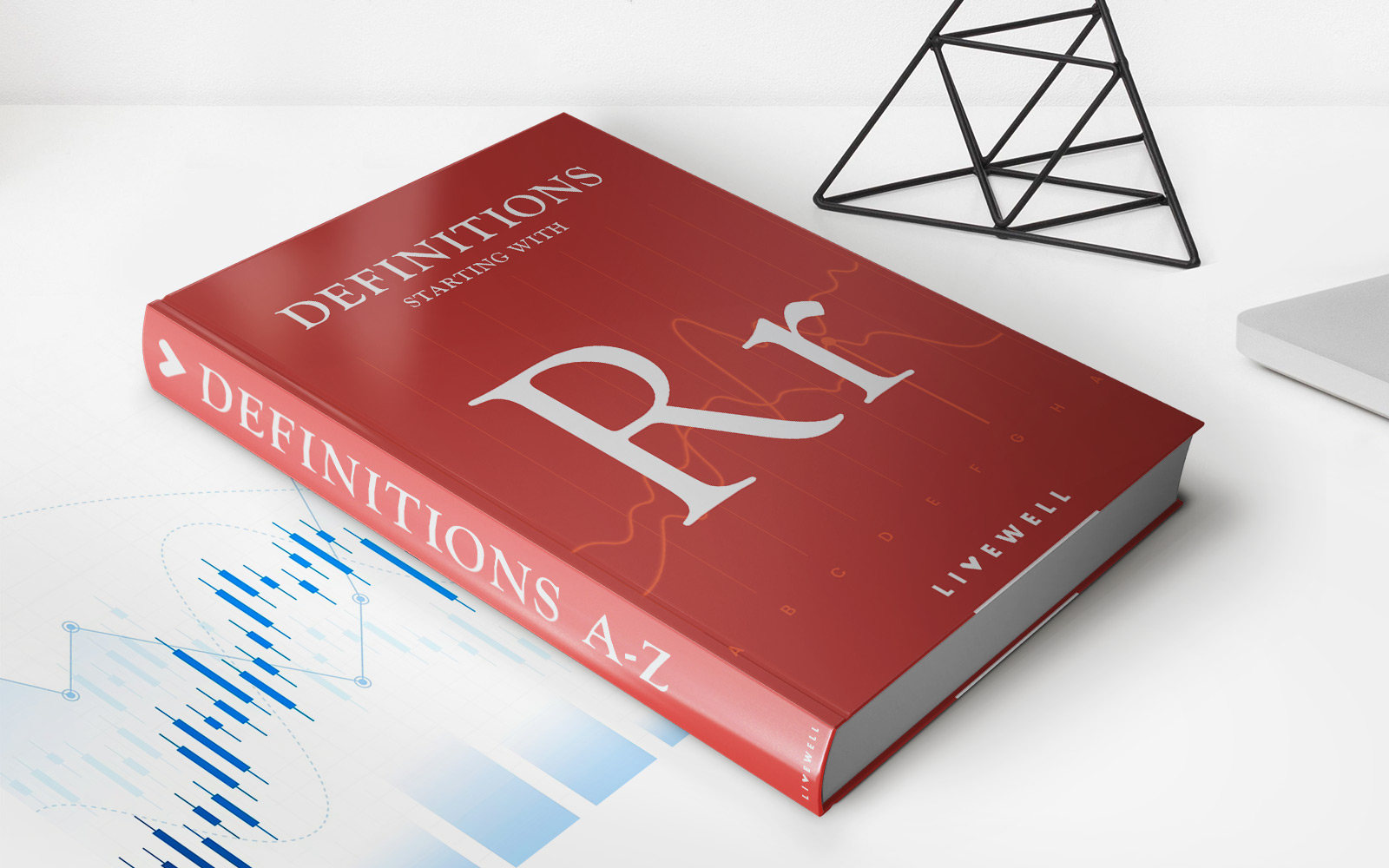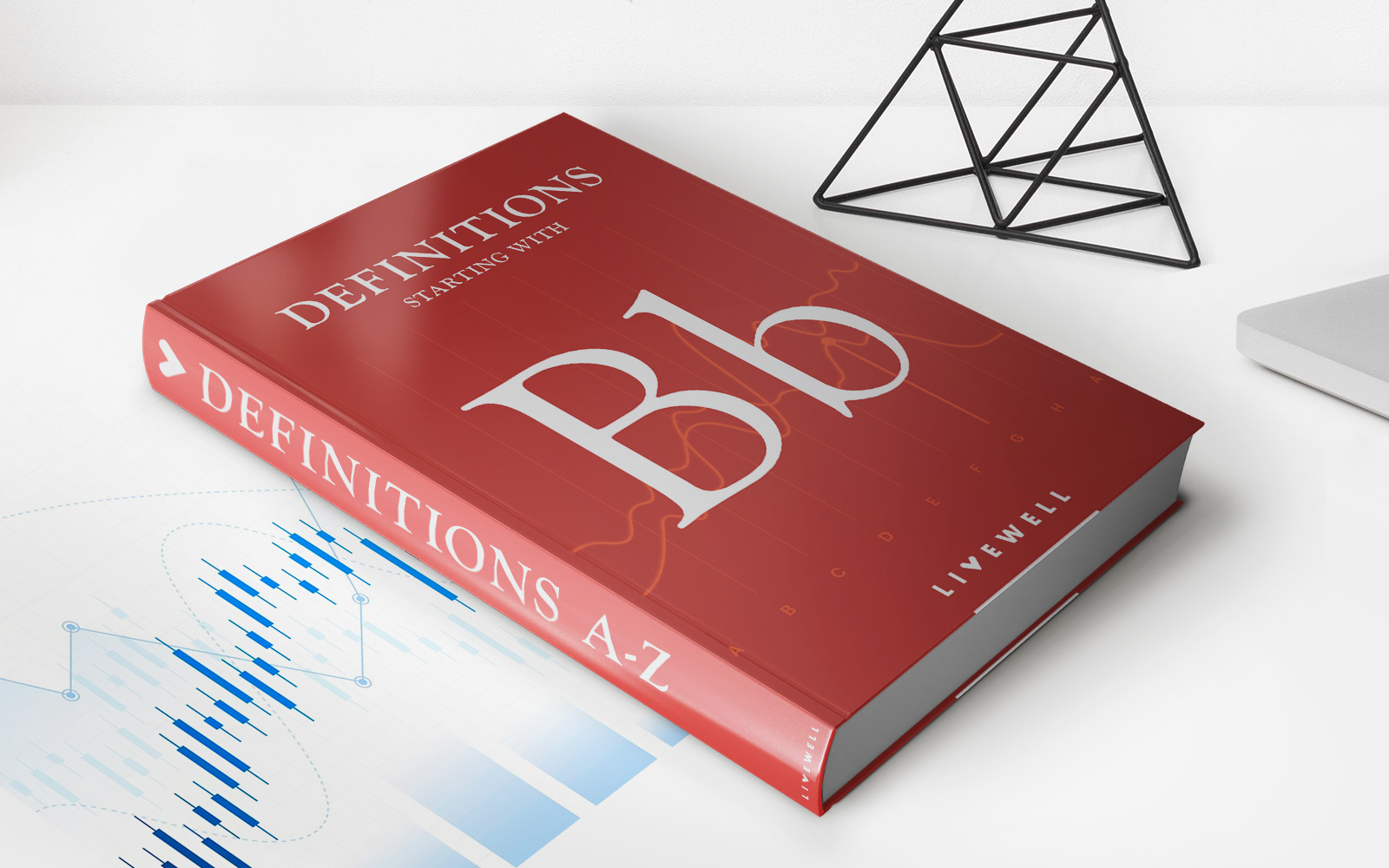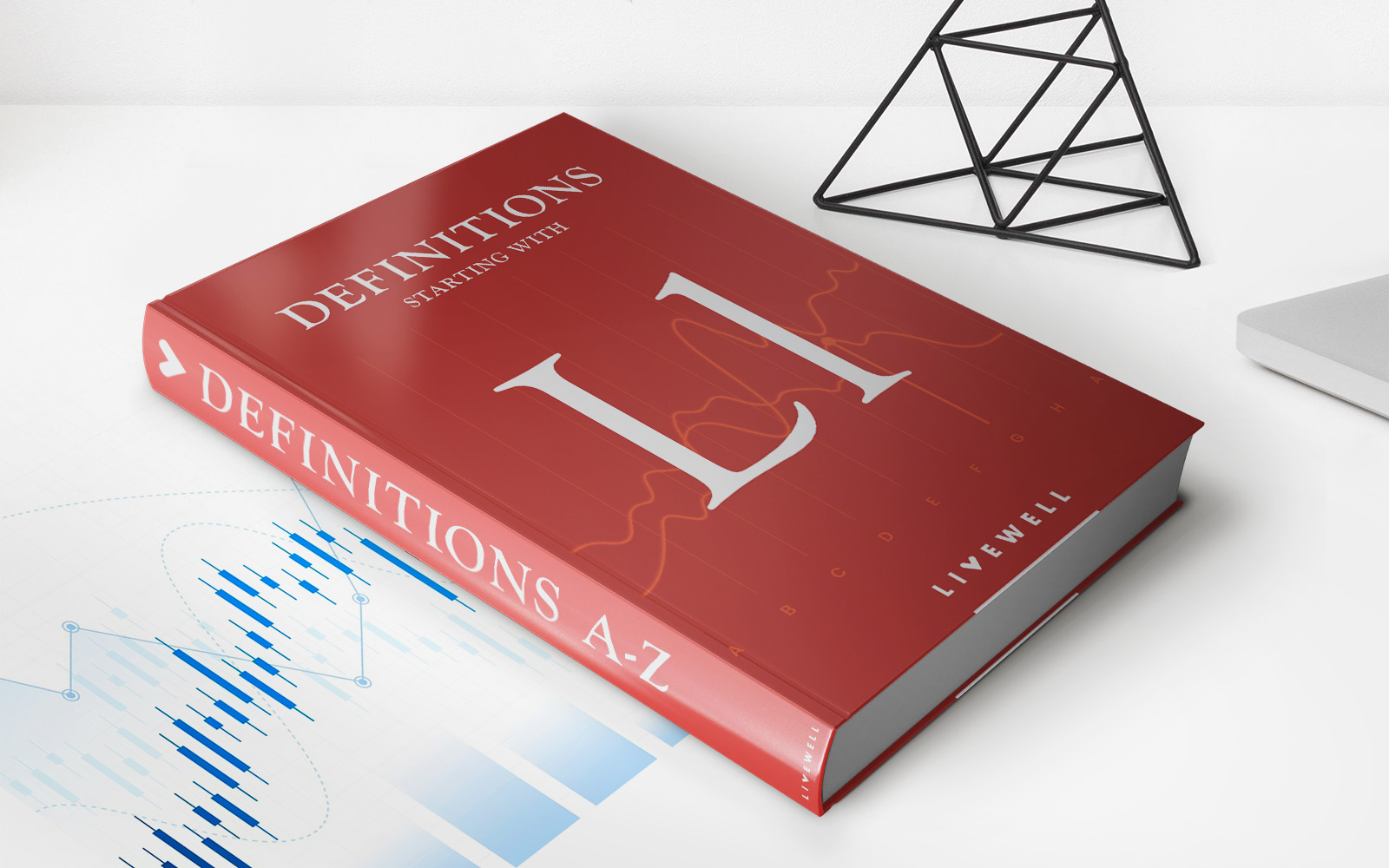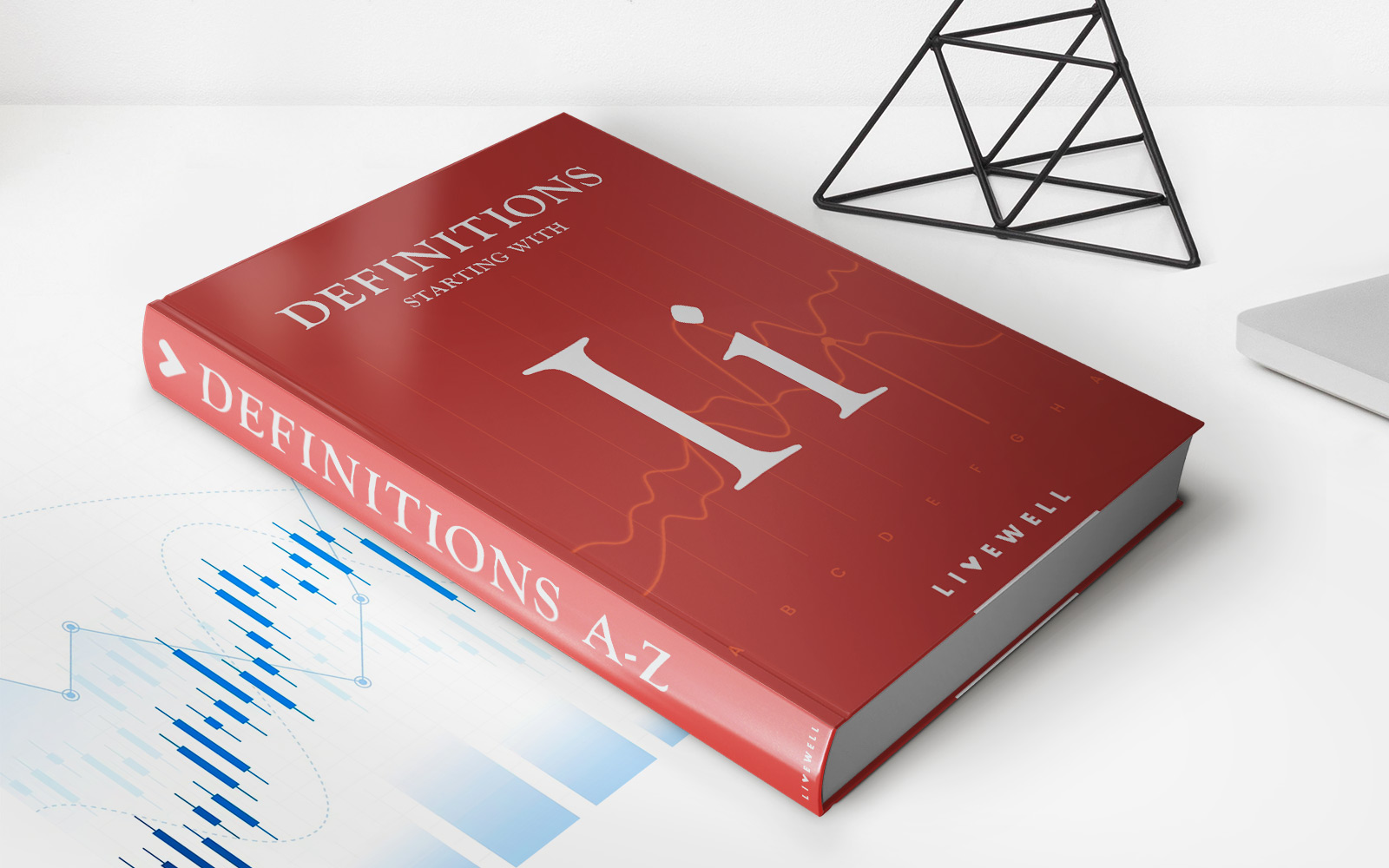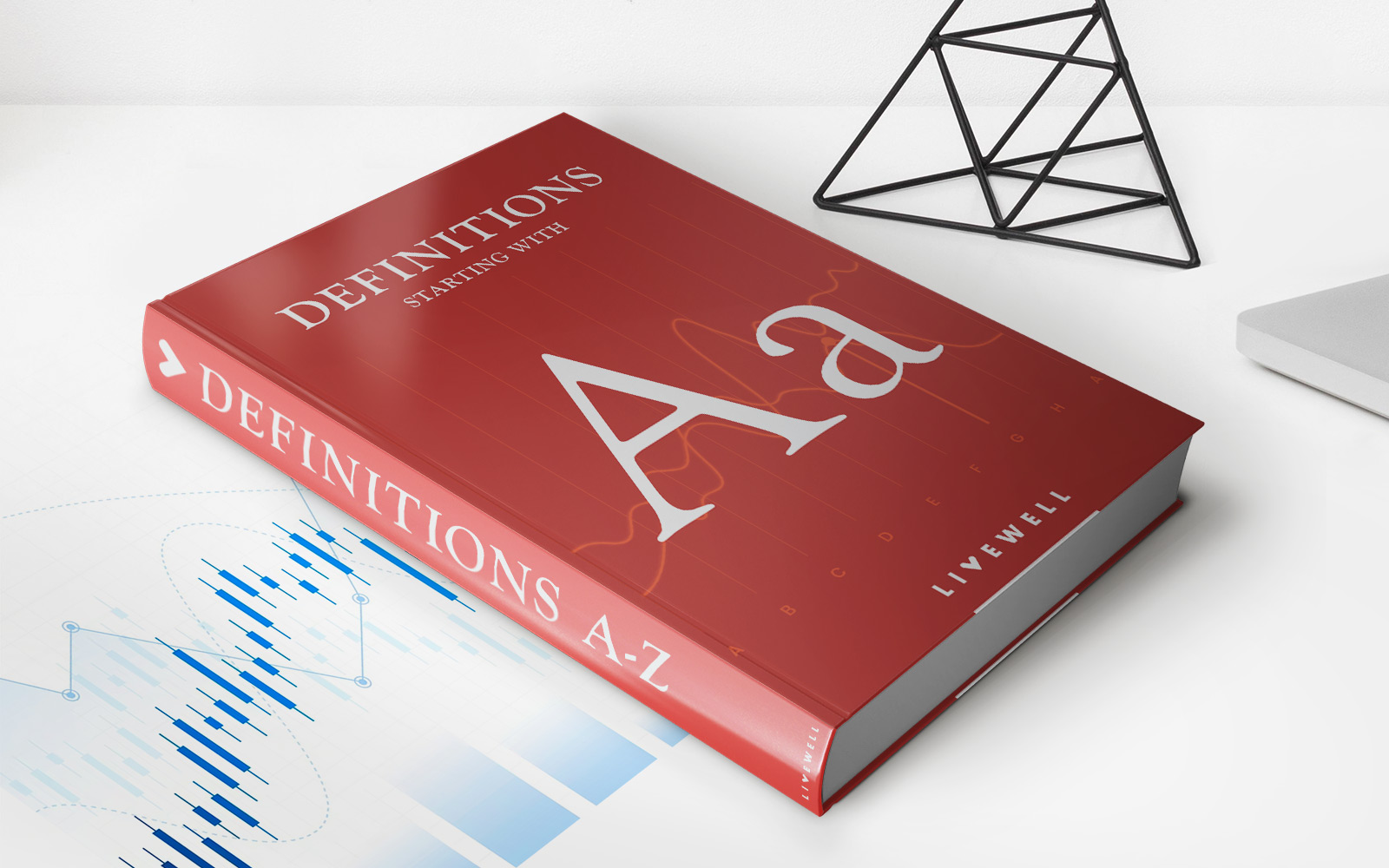Home>Finance>Kijun Line (Base Line): Definition, Formula, Trading Strategies

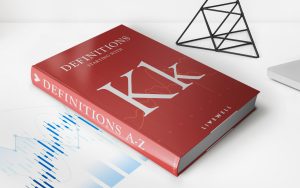
Finance
Kijun Line (Base Line): Definition, Formula, Trading Strategies
Published: December 15, 2023
Learn about the Kijun Line (Base Line) in finance, its definition, formula, and various trading strategies. Enhance your financial knowledge with this comprehensive guide.
(Many of the links in this article redirect to a specific reviewed product. Your purchase of these products through affiliate links helps to generate commission for LiveWell, at no extra cost. Learn more)
The Kijun Line (Base Line): Definition, Formula, Trading Strategies
When it comes to financial markets, understanding technical analysis can be a game-changer for investors and traders. One popular tool used in technical analysis is the Kijun Line, also known as the Base Line. In this blog post, we will dive into the definition, formula, and trading strategies associated with the Kijun Line, providing you with the knowledge to make informed financial decisions.
Key Takeaways:
- The Kijun Line is a component of the Ichimoku Kinko Hyo, a popular Japanese charting technique.
- It is a trend indicator that helps identify support and resistance levels in a market.
What is the Kijun Line?
The Kijun Line is a trend indicator that is part of the larger Ichimoku Kinko Hyo charting technique. Developed by Japanese journalist Goichi Hosoda in the late 1960s, Ichimoku Kinko Hyo translates to “one glance equilibrium chart,” highlighting its ability to provide a holistic view of price action.
The Kijun Line, specifically, is calculated by taking the highest high and lowest low over the past 26 periods and dividing it by two. This average is plotted on the chart and is commonly referred to as the Base Line.
How is the Kijun Line Used?
1. Support and Resistance Levels: The Kijun Line serves as a visual representation of the average price over the past 26 periods. Traders often look for price reactions near the Kijun Line, as it can act as a support or resistance level. A bounce off the Kijun Line may suggest a continuation of the trend, while a break above or below it could indicate a potential trend reversal.
2. Trend Identification: By analyzing the position of the price relative to the Kijun Line, traders can determine the overall trend in the market. If the price is consistently above the Kijun Line, it suggests an uptrend, whereas a price below the Kijun Line indicates a downtrend. This information can help traders make buy or sell decisions.
Trading Strategies with the Kijun Line
1. Kijun Cross: One commonly used strategy is the Kijun Cross. This occurs when the price crosses above or below the Kijun Line. A bullish signal is generated when the price crosses above the Kijun Line, indicating a potential buying opportunity. On the other hand, a bearish signal is generated when the price crosses below the Kijun Line, suggesting a possible selling opportunity.
2. Confirmation with Other Indicators: Traders often utilize the Kijun Line in combination with other technical indicators to confirm their trading decisions. For example, if the price breaks above the Kijun Line and is accompanied by a surge in trading volume, it may provide further confidence in a bullish trade.
Remember, successful trading involves a comprehensive analysis of multiple factors, and the Kijun Line should be used as one tool in conjunction with other strategies and indicators.
In Conclusion
The Kijun Line is a powerful tool within the Ichimoku Kinko Hyo charting technique. By understanding its definition, formula, and trading strategies, you can gain valuable insights into market trends and potential trading opportunities. Incorporating the Kijun Line into your technical analysis toolkit can help you make more informed financial decisions.
